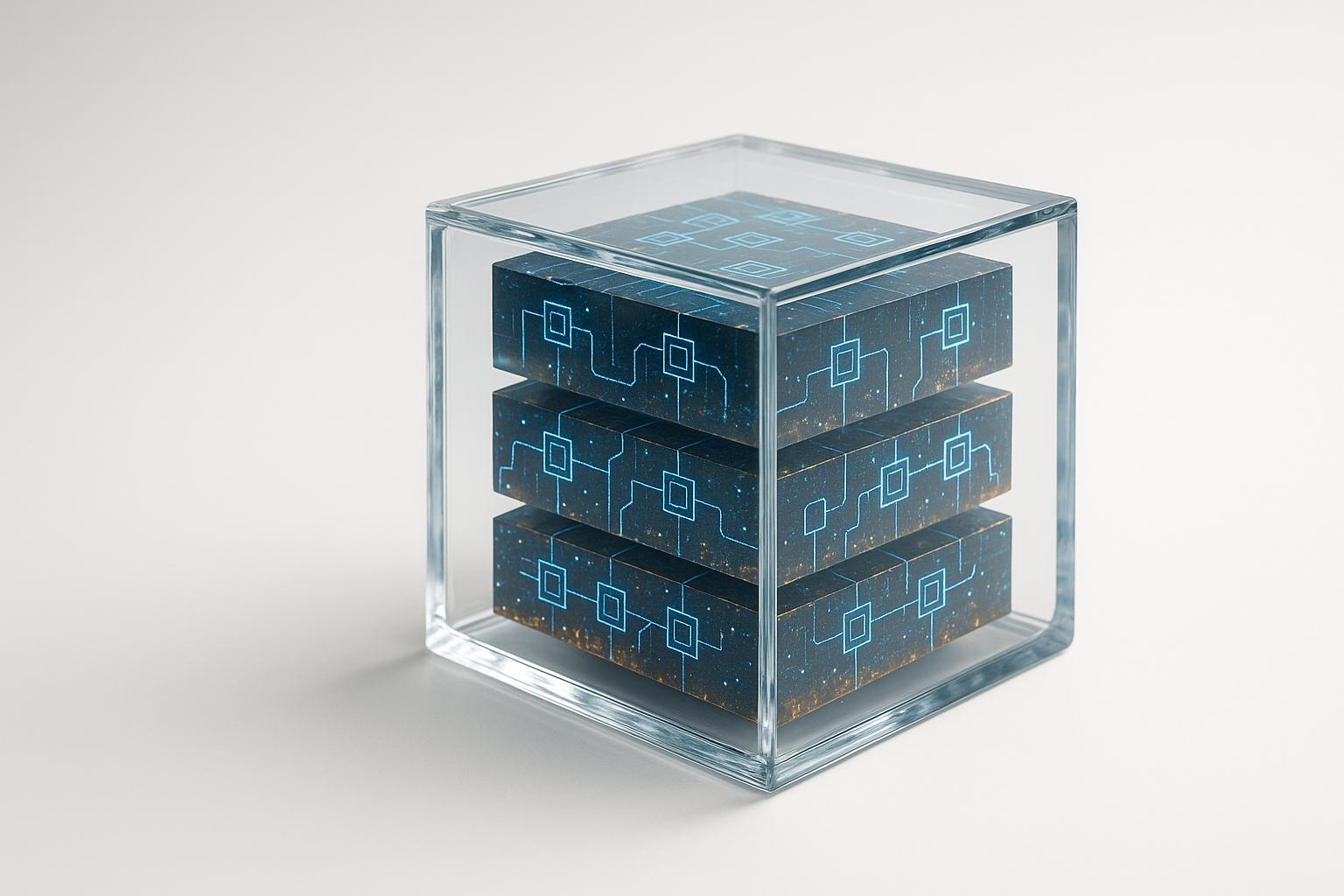Data leaks are a growing concern for businesses of all sizes, leading to financial loss, reputational harm, and regulatory penalties. These incidents can occur through external cyberattacks, insider threats, or human error, making strong data protection strategies essential. Relying solely on firewalls and traditional defenses is no longer enough.
To prevent data breaches, organizations must understand where sensitive information is most vulnerable and apply comprehensive security practices. This article outlines effective strategies to minimize risks and protect confidential data.
Understanding What Causes Data Leaks
Data leaks occur when sensitive information is unintentionally exposed, often due to internal weaknesses rather than sophisticated attacks. Misconfigured cloud storage, unsecured databases, and poor access management are common sources.
Human mistakes, such as emailing confidential files to the wrong recipient, remain one of the leading causes. Insider threats, whether intentional misuse or careless behavior, also contribute significantly.
Unlike deliberate breaches, most leaks are preventable with the right safeguards in place, especially when supported by digital risk protection services that monitor for exposed data and provide early warnings before information can be exploited.
Data Leaks vs. Data Breaches
While the terms are often used interchangeably, data leaks and data breaches are not the same. A data leak typically results from accidental exposure or weak security practices, such as misconfigurations or lax access controls.
A data breach, on the other hand, involves intentional and malicious exploitation of vulnerabilities by external attackers. Both can have severe consequences, but leaks are usually easier to detect and prevent through stronger internal processes. Recognizing this distinction allows organizations to deploy targeted prevention strategies.
Identifying and Classifying Sensitive Data
Step 1: List all your data
Start by making an inventory of the information your organization collects and stores. This includes customer details (PII), financial records, intellectual property, and internal documents.
Step 2: Find where the data lives
Check all storage locations—databases, cloud platforms, file servers, employee devices, and backups. Don’t forget shared drives or third-party apps.
Step 3: Group data by sensitivity
Decide which information is most critical.
For example:
- Public: safe to share openly
- Internal: only for employees
- Confidential: financial data, PII, or customer information
- Highly confidential: trade secrets or legal records
Step 4: Label the data
Use simple labels or tagging tools to mark files and systems based on their sensitivity. This makes it easier to apply the right protections later.
Step 5: Control access
Allow employees to see only the data they need for their jobs. For highly sensitive information, add extra protections like multi-factor authentication or encryption.
Step 6: Track how data moves
Pay attention to how sensitive data is shared—whether through email, cloud apps, or with third-party vendors. Documenting these flows helps spot weak points and is an important part of maintaining good cyber hygiene, ensuring that data handling practices remain consistent and secure across the organization.
Step 7: Keep your data map updated
Review and refresh your data inventory regularly. As new systems are added or old ones are retired, update classifications and permissions to ensure ongoing protection.
Managing Third-Party and Vendor Risks
Third-party vendors remain one of the biggest risk factors in data security. Weaknesses in a vendor’s system can expose your organization to unintended leaks. To reduce this risk, conduct vendor security audits, require compliance with regulations such as GDPR or HIPAA, and establish contractual security obligations. Continuous monitoring of vendor practices ensures accountability and strengthens supply chain security. Treating vendors as an extension of your security posture is key to preventing third-party data leaks.
Securing Endpoints in Remote and Hybrid Workplaces
The shift to remote and hybrid work environments has expanded the attack surface for data leaks. Laptops, mobile devices, and home networks often lack enterprise-grade protections. Organizations should deploy endpoint protection tools with real-time malware detection, enforce multi-factor authentication, and enable full-disk encryption.
Secure Virtual Private Networks (VPNs) protect data in transit, while centralized compliance management ensures consistent security standards. Combined with regular employee training, these practices create a safer remote workplace.
Implementing Data Loss Prevention (DLP) Systems
Data Loss Prevention (DLP) tools monitor and control how sensitive data is shared across networks, email, and cloud storage. These tools use content scanning and classification to detect potential leaks and block unauthorized transmissions in real time.
Updating DLP policies regularly ensures they remain effective against evolving risks. Integrating DLP into a broader cybersecurity framework enhances visibility, enforces compliance, and strengthens overall protection.
Monitoring Network Access and Permissions
Strong access management is a cornerstone of data leak prevention. Adopting role-based access controls ensures employees only have access to the information they need for their jobs. Regularly reviewing permissions prevents privilege creep, where outdated access rights remain active.
Real-time monitoring of network activity helps detect unusual behavior that may indicate insider misuse or external compromise. Adding multi-factor authentication further strengthens protection against unauthorized access.
Encrypting Data at Rest and in Transit
Encryption is a fundamental defense against data leaks. Data at rest—stored on servers, databases, or devices—should be protected using strong algorithms such as AES-256.
Data in transit, whether sent via email or across networks, requires protocols like TLS to prevent interception. Regularly rotating encryption keys and following compliance requirements (e.g., PCI DSS, GDPR) ensures that sensitive data remains secure even if systems are compromised.
Building a Culture of Security Awareness
Technology alone cannot prevent data leaks, employees play a critical role. Regular cybersecurity awareness training helps staff recognize phishing attempts, handle sensitive data responsibly, and follow best practices for password management.
Simulated phishing exercises reinforce vigilance, while clear communication of security policies ensures accountability. Cultivating a culture of shared responsibility reduces the likelihood of accidental data exposure and strengthens overall resilience.
Conclusion
Preventing data leaks requires a layered approach that combines technology, processes, and people. From identifying sensitive information and securing endpoints to encrypting data and managing third-party risks, each strategy plays a vital role in reducing exposure.
By fostering employee awareness and maintaining strong vendor accountability, organizations can stay ahead of evolving threats. Ultimately, vigilance and proactive data security practices are the most effective defenses against costly and damaging leaks.

